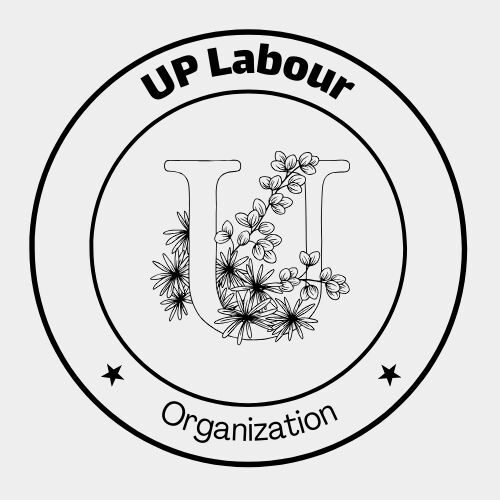Human activity is having a significant impact on how we experience the Northern Lights, or aurora borealis, in several key ways:
Light Pollution
One of the most direct ways human activity affects Northern Lights viewing is through light pollution. Urban areas with excessive artificial lighting create a phenomenon known as skyglow, which brightens the night sky and obscures celestial objects. This interference can diminish the brilliance of auroras, making them harder to see even during optimal geomagnetic conditions.Light pollution is a major challenge for those hoping to witness the Northern Lights. In fact, a recent study found that on clear, moonless nights, the urban sky is often 20 times brighter than the natural level of darkness. This makes it difficult to appreciate the delicate colors and movements of the auroras.
Climate Change
While climate change does not directly alter the mechanics of how Northern Lights form, it can influence their visibility indirectly. As global temperatures rise due to human-induced greenhouse gas emissions, weather patterns become more unpredictable. Increased storm intensity and changes in precipitation patterns may lead to more cloud cover in regions where auroras are typically visible.Experts note that while long-term climate change will not affect the fundamental processes behind auroras, it may lead to more frequent cloudy nights that obstruct views of these light displays. This means that even if solar activity is high enough for a spectacular show, observers in affected areas may still be unable to see it due to cloud cover.
Atmospheric Pollution
In addition to light pollution, human activities can also contribute to atmospheric pollution that interferes with Northern Lights viewing. Industrial emissions and other forms of air pollution can create hazy conditions that scatter light and reduce contrast in the night sky.This is particularly problematic in some Arctic cities like Norilsk, Russia, which is one of the most polluted cities in the world due to heavy mining activity. The smog and particulates in the air can obscure the Northern Lights from view, making these areas less desirable for aurora tourism.
Mitigation Strategies
To enhance opportunities for viewing Northern Lights despite these challenges, several strategies can be employed:
- Seek Dark-Sky Locations: Traveling to remote areas with minimal light pollution offers a better chance of witnessing auroras.
- Monitor Solar Activity: Keeping track of solar cycles can help predict periods when auroras are likely to be more active.
- Utilize Weather Forecasts: Regularly checking weather conditions can help identify clear nights suitable for viewing.
- Reduce Light Pollution: Using shielded outdoor lighting, lowering unnecessary lighting, and promoting dark-sky initiatives in areas close to aurora zones can help mitigate the effects of artificial illumination.
Conclusion
Human activity, through light pollution, climate change, and atmospheric pollution, is significantly altering how we experience the Northern Lights. While these natural wonders will continue to dazzle observers, the challenges posed by human impacts make it increasingly important for enthusiasts to seek out dark-sky locations, monitor conditions carefully, and advocate for measures to reduce light and air pollution. By understanding and adapting to these changes, we can ensure that future generations can continue to marvel at the beauty of the aurora borealis.

